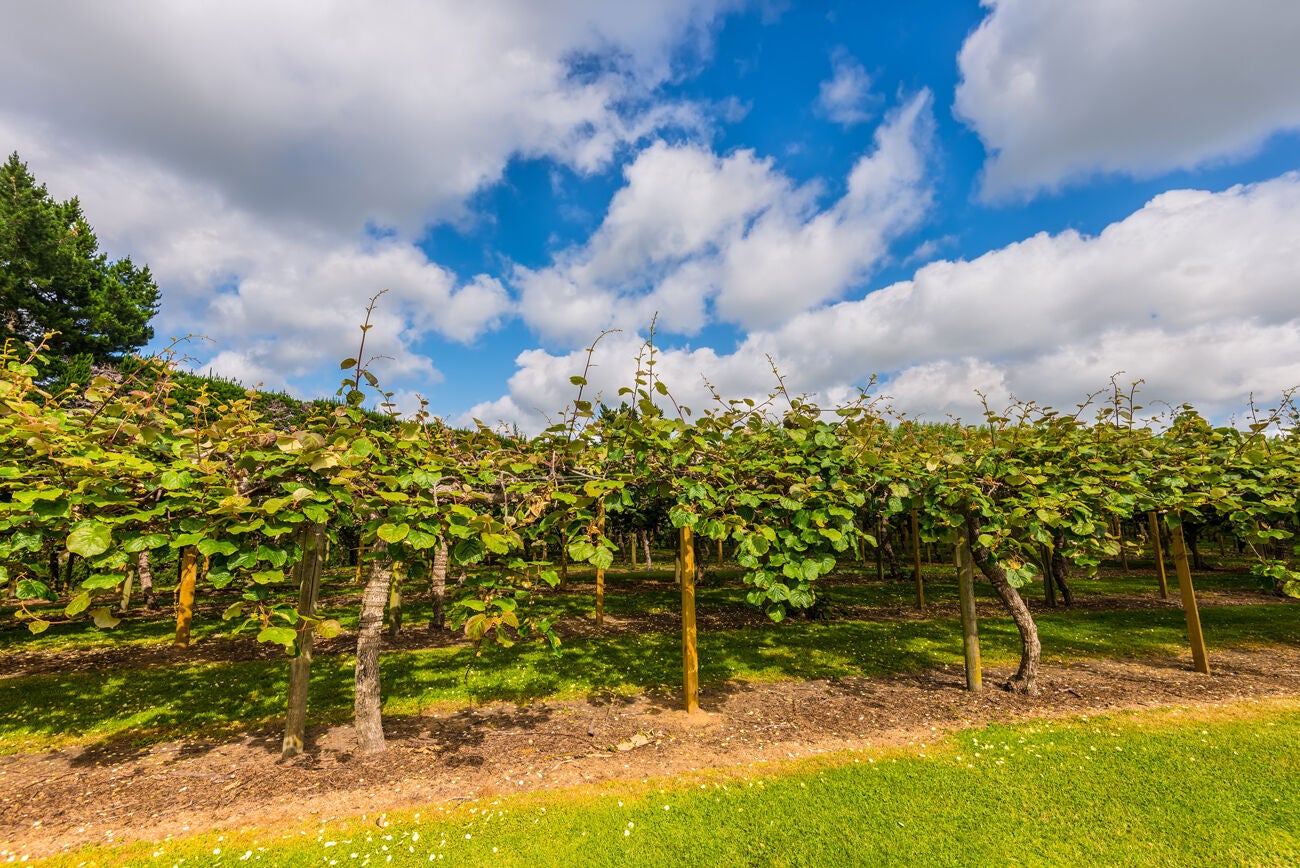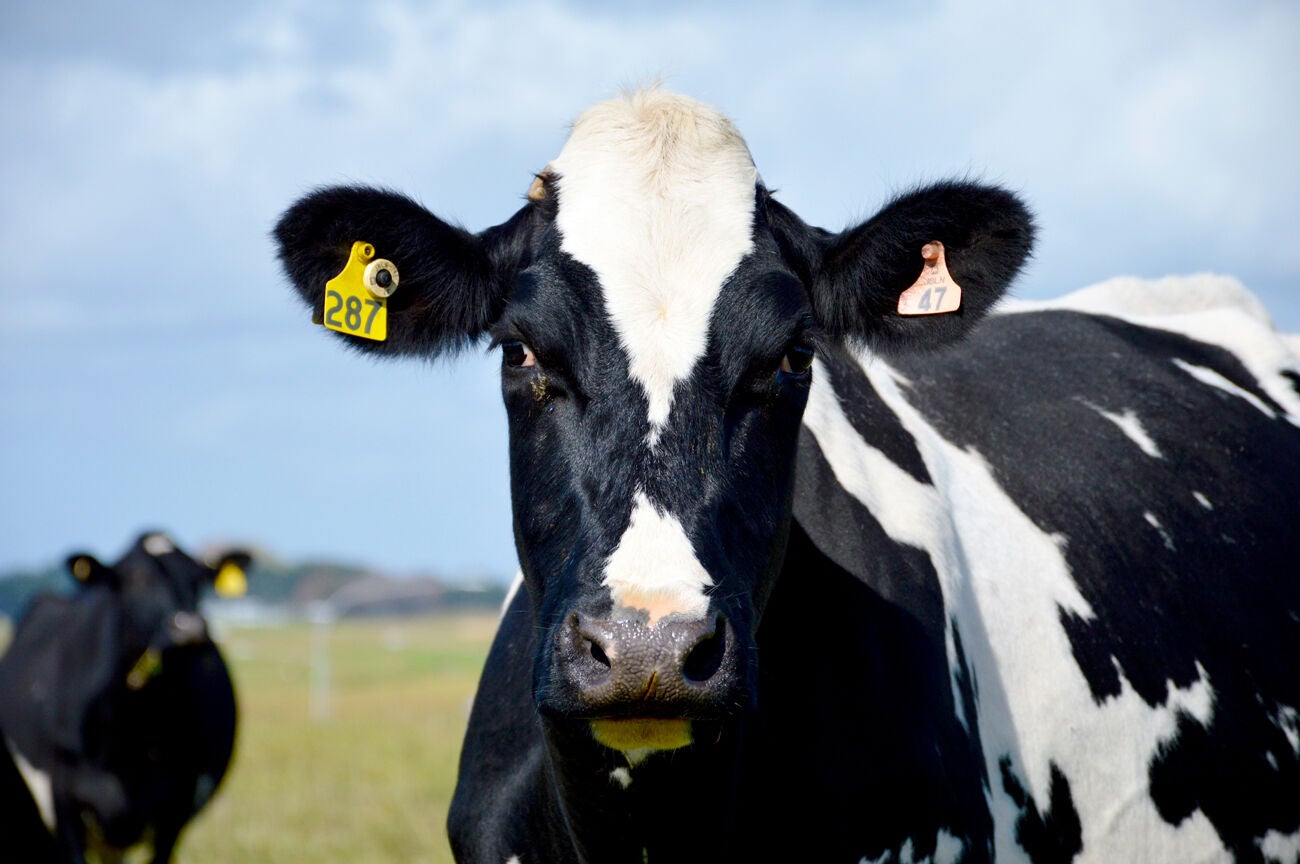Buoyant year for primary sector comes with caveats.

New Zealand growers and farmers have kicked off the year with plenty of upbeat news, with strong commodity prices, relatively robust supply lines and continuing strong consumer demand for quality food putting farmers in a positive frame of mind as the new year starts.
The latest Federated Farmers farm confidence survey highlights just how positive farmers are, with a 34 point leap in confidence from last July, when farmers’ confidence was at its lowest in the survey’s 12 year history.
Bayleys national director rural Nick Hawken says the strong prices being received across the primary sector for red meat, milk, horticultural produce and wine is good not only for farmers’ returns, budgets, and frame of mind, but is also positive for the underlying productive value of their rural land investment.
The strong prices being received across the primary sector for red meat, milk, horticultural produce and wine is good not only for farmers’ returns, budgets, and frame of mind, but is also positive for the underlying productive value of their rural land investment.
Overall, New Zealand producers should be proud of the role they have played in the past 12 months of the pandemic.
The primary sector has been acknowledged for how well it has adapted operationally to the new world order of social distancing, infection awareness and heightened disease risk.
For many in the primary sector the dawn of COVID-19 was also the start or peak of harvest, yet no crop was left unharvested during lockdown, and supply chains continued to remain open.
Crops continued to be harvested, packed and processed as companies worked hard to ensure staff remained safe as workloads peaked.
As other countries have started to jealously guard their own industries and job sources, New Zealand has also managed to maintain good relationships with all trading partners, even going so far as to upgrade the Free Trade Agreement with China, first signed in 2008.
Amidst the demands of a continent-wide pandemic, New Zealand trade officials have also managed to start serious dialogue with their European counterparts for a Free Trade Agreement that is equitable and worthwhile to the New Zealand primary industry.
Meantime New Zealand’s ties with China have also grown stronger as both countries can claim to be successfully managing the virus, with consumer demand in China buoying primary prospects here as a result.
However, there is a caveat to the year ahead, with a caution that any forecasts or budgets should build in downside risk.
The reliance upon China for 30 percent of export earnings is also a double-edged sword, and what happens there in the coming 12 months will be vital in shaping fortunes on farms and orchards.
New Zealand has managed to tread a careful diplomatic pathway with China and how we continue to align ourselves and maintain good relations with Australia as it trades words with China will prove vital.
Meantime at home all primary sectors again face a tough harvest time with labour shortages even tighter this year with the absence of overseas workers, and historically high job vacancy rates across the economy making filling seasonal job vacancies difficult.
However, there is evidence sector campaigns have had some success in bringing in more workers. Campaigns for the wine industry are underway as recruitment also ramps up for the kiwifruit and apple harvests.
The Climate Change Commission has also released its draft recommendations, many which will come as little surprise to the primary sector.
The Commission’s suggested cuts to livestock numbers are going to pose a challenge to the sector as farmers try to also maintain an acceptable level of profitability. It is important however that New Zealand producers remain optimistic as they are actually some of the most efficient producers of food and fibre in the world. This is a fact recently verified in an AgResearch report showing New Zealand dairy farms have the lowest carbon footprint out of all 18 countries studied.
Expectations are the world will be grappling with the pandemic for at least another 12 months as vaccinations roll out, and with this comes added opportunities for New Zealand farmers to further demonstrate how valuable the primary sector is to the New Zealand economy.
Expectations are the world will be grappling with the pandemic for at least another 12 months as vaccinations roll out, and with this comes added opportunities for New Zealand farmers to further demonstrate how valuable the primary sector is to the New Zealand economy.
New Zealand processors are already adapting products and distribution to focus on continuing high levels of “in home” consumption, as food service outlets continue to struggle.
“For New Zealand farmers, their efforts to continue producing high quality food for those markets is being well met by processors’ efforts to realign with market needs, as they continue to deliver to consumers seeking out good quality, healthy food that nourishes them and provides a sense of escape as they weather their pandemic lockdowns,” says Nick.
